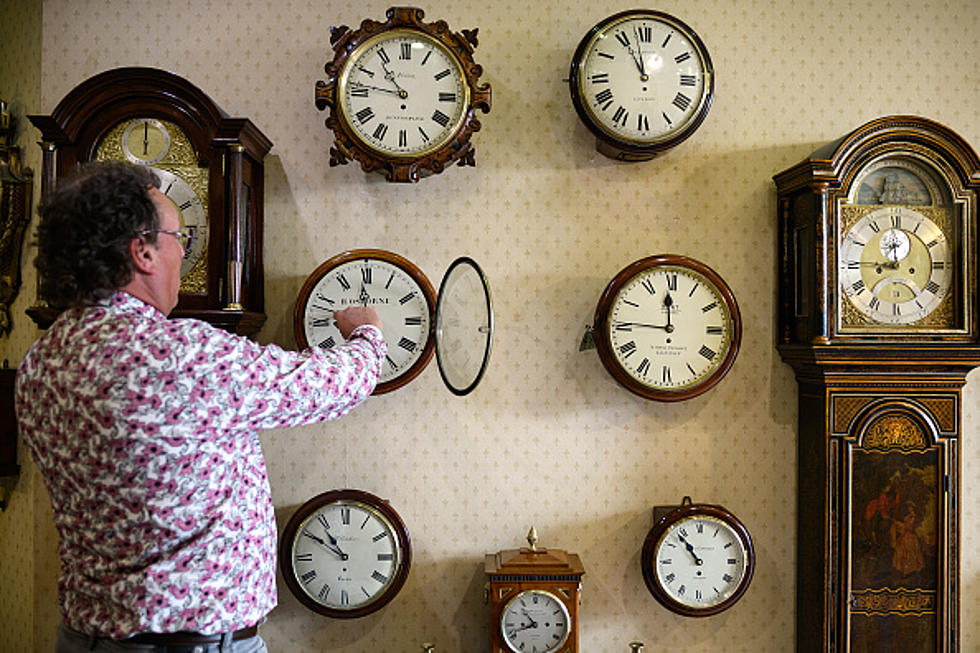
Almost Time To Turn The Clocks Back – But Why?
Daylight Savings Time ends on the first Sunday of November – this year it’s November 1st. Clocks are moved back “falling back” one hour to local Standard Time. This transition from Daylight Savings Time to Standard Time effectively moves one hour of daylight from the evening to the morning. I like gaining an extra hour of time, I certainly need it!
According to Wikipedia, The Daylight Saving Time rules were changed in 2007 by the Energy Policy Act of 2005 in the interest of reducing energy consumption, we added a few weeks. The jury is still out on if this really helps anything or not.
Conflicting studies have been published over the years showing both positive and negative benefits of Daylight Saving Time, such as Energy savings and Potential health effects.
We actually have to turn the hands of time back to 1883 when we adopted a four zone, time zone system. It was initially adopted by the railroads to reduce confusion and help govern their operations when it came to Interstate Commerce.
Then fast forward to 1918 when the Federal Government enacted the Standard Time Act. The Interstate Commerce Commission had the responsibility to establish boundaries between the standard time zones in the continental United States.
Next came the “Uniform Time Act of 1966” to establish a system of uniform Daylight Saving Time throughout the Nation.
And look at us now, changing back in forth each spring and fall. Well, some of us. You see currently Daylight Saving Time is not observed in Hawaii, American Samoa, Guam, Puerto Rico, the Virgin Islands, and most of Arizona. Frankly, I think they are on to something.
It's a bit out dated. Although there has been several bills introduced to remove the changing of time, it has not passed across the country...yet.
So until it does....Don’t forget to set your clocks back November 1st!

In Pictures: What Education Looks Like Around the World During a Pandemic
More From









